4 Silent Osteoporosis Traps Lurking in Your Body After 50—Are You at Risk Without Even Knowing?
Ever caught yourself wondering why bone breaks sometimes come out of nowhere—like a stealthy ninja move from your own skeleton? Yeah, me too. Osteoporosis, often dubbed the “silent” disease, is that sneaky culprit lurking beneath the surface, making bones brittle before giving any loud warning. It’s easy to shrug off bone health until a tumble or fracture suddenly flips your world upside down. But what if we could spot the subtle clues early on—before the drama even begins? Knowing these quiet signs isn’t just about dodging hospital visits or painful fractures; it’s about staying in the game of life, moving freely, confidently, and without fear. Whether you’re hitting the gym, chasing grandkids, or simply enjoying your favorite dance playlist, keeping your bones strong is non-negotiable. Let’s dig into what osteoporosis really is, why women over 50 are especially at risk, and how you can catch those almost invisible whispers your bones send before they shout. Ready to empower your skeletal health like never before? Because this isn’t just a bone story—it’s your story.

Too often, we don’t discuss osteoporosis until a loved one shares news about a fall, fracture or broken bone. But learning how to spot osteoporosis symptoms early—and treating the condition effectively—can prevent hospital visits and keep you from getting sidelined from the activities you love. The catch? Osteoporosis is known as a “silent” disease because you may not know you have it until a bone breaks. Still, there are subtle warning signs that can clue you in, if you know what to look for.
What is osteoporosis?
Osteoporosis is a bone disease that can weaken bones and increase the risk of broken bones or fractures. It develops when your bone mineral density and bone mass decrease, or when your bone structure or strength change, according to the National Institutes of Health (NIH).
“This silent progression means many women don’t realize they have weakened bones until an injury occurs,” says Matas Orentas, DO, a rheumatologist at OrthoIllinois. “This lack of early symptoms often leads to the disease being dismissed or undiagnosed until it’s more advanced.”
Bone health in general can be easy to brush aside until a breakage happens. Osteoporosis is the major cause of fractures in postmenopausal women, with fractures typically occurring in the hip bones, spine vertebrae and wrist, per the NIH.
Why women over 50 are at risk for osteoporosis
Osteoporosis affects about 30 percent of all postmenopausal women in the United States and Europe, a 2022 study in Frontiers in Public Health found. This puts us at a higher risk of broken bones and disability, especially as we age. One trigger: a decline in estrogen after menopause: This hormone plays a key role in bone repair and strengthening, per a 2023 study in Cureus.
“The drop in estrogen levels accelerates bone loss, weakening the bones and making them more susceptible to fractures,” says Dr. Orentas. “Additionally, aging naturally reduces bone density, and factors such as lower calcium intake, decreased physical activity and other health conditions can further increase this risk.”
Sneaky osteoporosis symptoms women need to know
Subtle osteoporosis symptoms can be mistaken for common musculoskeletal issues such as arthritis, muscle strain or even normal aging. And although there usually aren’t any obvious osteoporosis symptoms until you’re dealing with broken bones, you might notice early warning signs such as:
- Loss of height
- Back pain
- A hunched posture
- Weaker grip strength
“Osteoporosis symptoms can be confused with arthritis, spinal disc problems, muscle injuries or gastrointestinal issues when abdominal discomfort accompanies [often undetected] vertebral fractures,” says Dr. Orentas. “Because osteoporosis doesn’t always cause obvious pain until a fracture occurs, it’s often missed until more serious complications arise.”
Another sneaky early symptom of osteoporosis is a weakened hand grip. Survey data of 1,850 adults between the ages of 40 and 80 found that stronger grip strength was associated with higher bone density in the hip and spine in a 2020 Archives of Osteoporosis study. Along the same vein, postmenopausal women with weaker grip strength had significantly lower bone density and a higher risk of osteoporosis in a 2018 study in Orthopaedic Surgery.
Osteoporosis risk factors
The best way to determine your risk of osteoporosis is with a bone mineral density test (more on that below). But there are several other factors linked to weak or brittle bones:
- Sex: Women are more likely to develop osteoporosis than men; we also have lower peak bone mass and smaller bones
- Age: As we grow older, new bone growth is slower and bone loss happens more rapidly
- Body size: Slender, thin-boned people have a higher osteoporosis risk, since they have less bone to lose
- Race: White and Asian women are at highest risk of osteoporosis
- Family history: If one of your parents has a history of osteoporosis or hip fracture, your risk may increase as well
Lifestyle factors can also play a role: Think low levels of calcium or vitamin D, a sedentary lifestyle, excessive alcohol consumption or caffeine intake, certain medications (like steroids and blood thinners) and other health issues that affect bone loss like thyroid conditions or kidney disease.
Why early detection of osteoporosis is key
Spotting the condition is critical because it allows for timely intervention to slow or stop bone loss, lower fracture risk and maintain your quality of life. (Learn if osteoporosis can be reversed here.)
“Early management, including lifestyle changes, calcium and vitamin D supplementation and medications if needed, can significantly improve bone strength and prevent debilitating fractures,” says Dr. Orentas, who adds that the first step if you notice symptoms is to consult a primary care physician, rheumatologist or endocrinologist.
Your doctor may order a bone density test: Checking for changes in bone density is the best way to detect osteoporosis before a bone fracture occurs. Your doctor might also suggest regular bone density tests if you’re over 50, have a family history of osteoporosis or have osteopenia (a smaller degree of lower bone density).
Bone density testing uses X-rays to measure the mineral content of your bones, including calcium. Your doctor may use names like DEXA scan or DXA scan when referring to these tests. It’s a simple, outpatient procedure—no needles or injections needed. “Based on the results, treatment options may include lifestyle modifications such as diet and exercise, supplements and possibly medications to strengthen bones,” says Dr. Orentas.
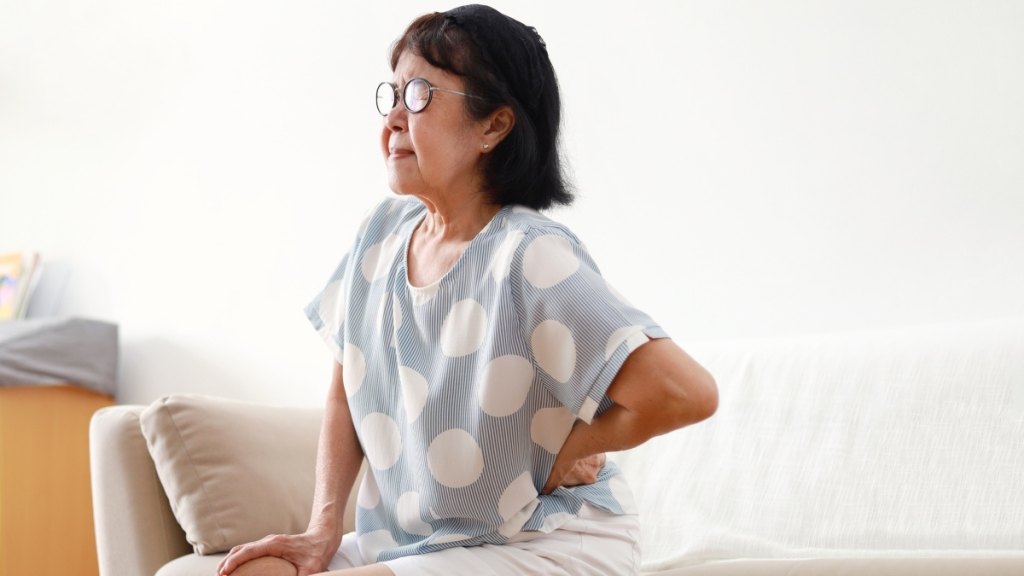
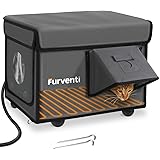




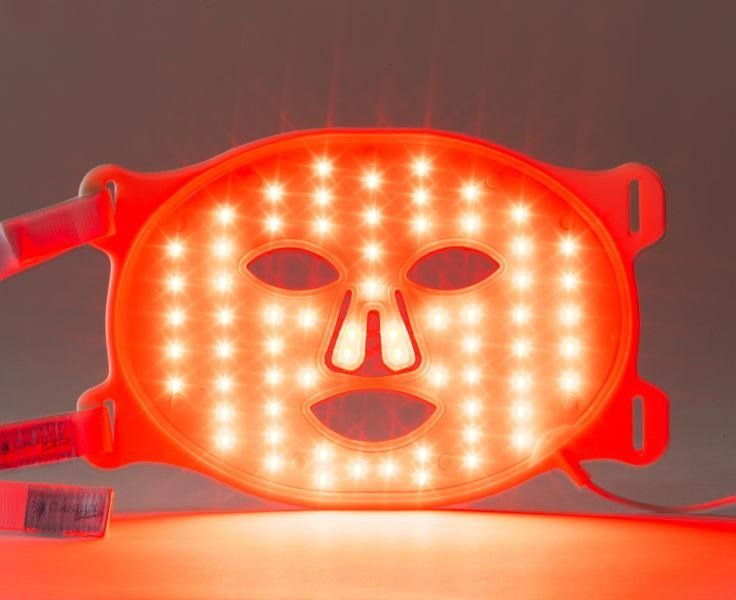
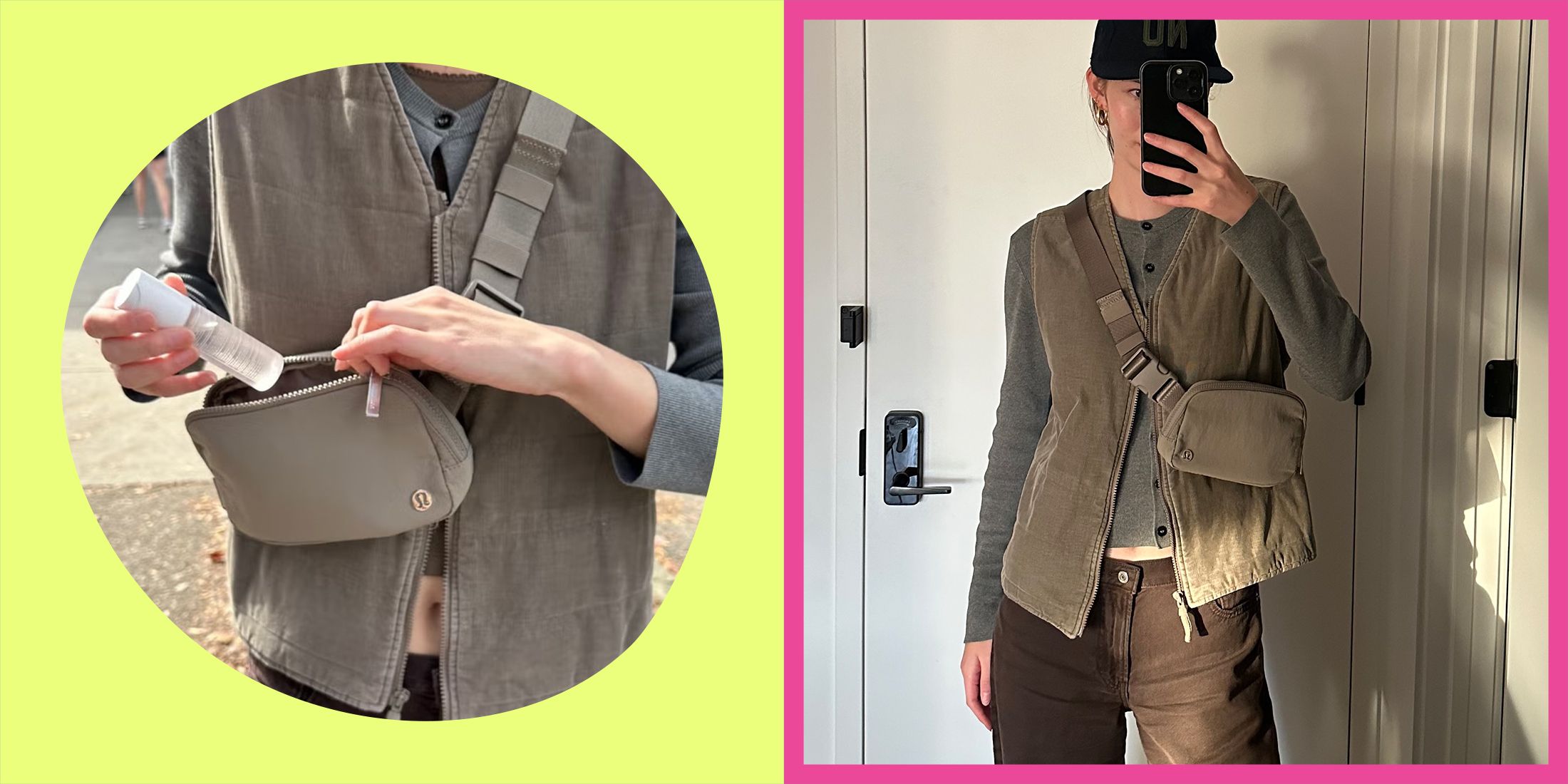




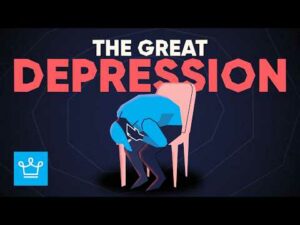



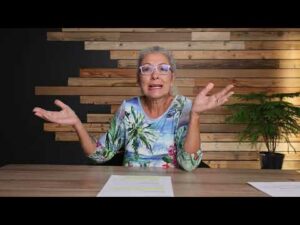


Post Comment